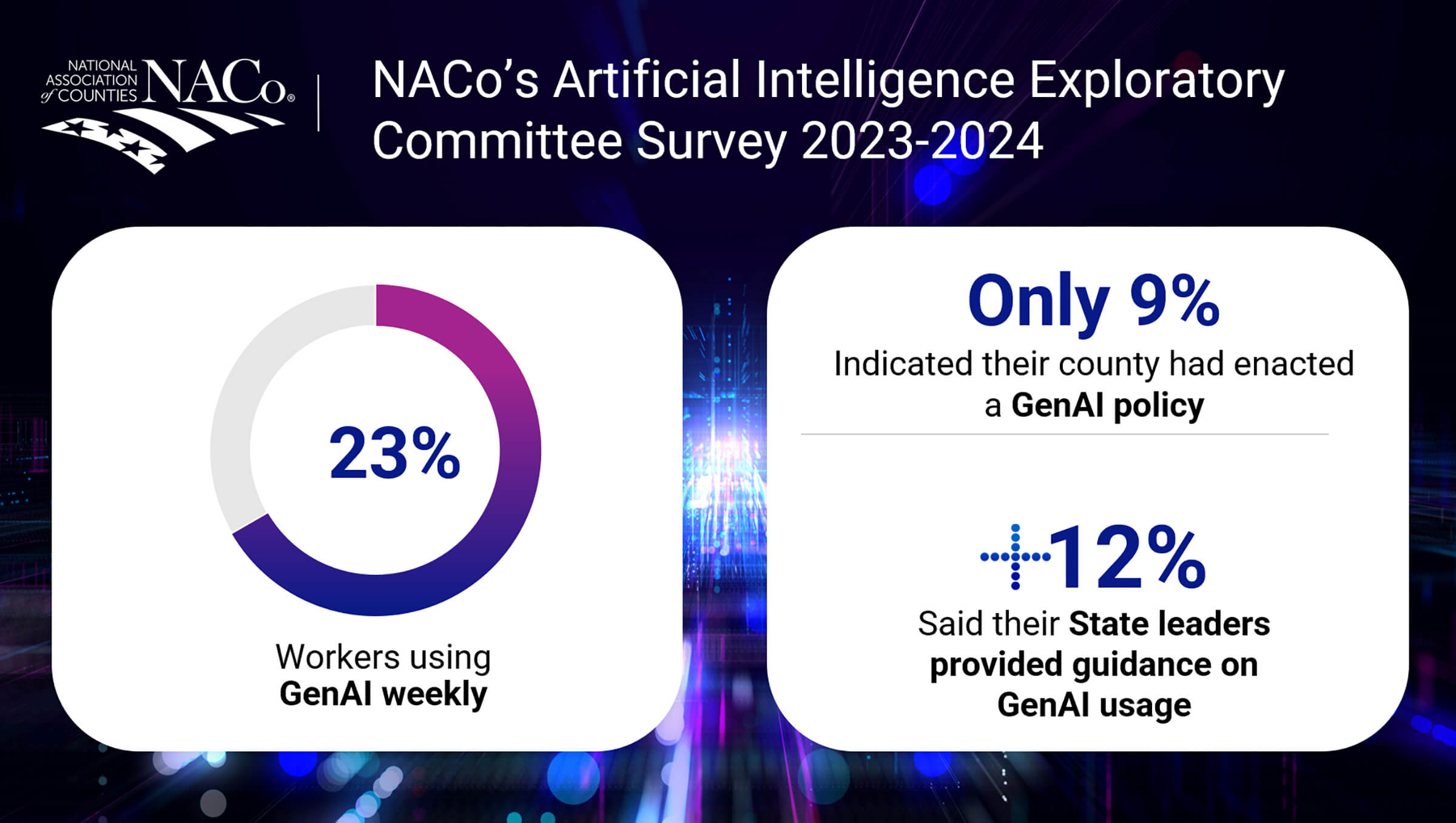Once just a concept, artificial intelligence (AI) in the workplace is here to stay. Microsoft and LinkedIn recently published their Work Trend Index Report for 2024, which highlighted the ever-increasing presence of AI in business settings. Over 75% of workers are now using generative AI, with usage nearly doubling in the past six months. According to IBM, Generative AI or GenAI generates new content using deep learning models to learn from data (involves training, iteration, and generation phases). Many employees who are overwhelmed by the growing pace and volume of tasks are taking matters into their own hands by bringing personal AI tools into the workplace. This surge in AI adoption, however, is full of both opportunities and challenges for business leaders. As organizations navigate the complexities of AI adoption, conducting an AI readiness assessment becomes crucial to ensure a smooth transition and maximize the benefits of AI technologies.
While most leaders agree that AI adoption is imperative for business, many organizations are struggling to move from individual use to full-scale business transformation. This challenge is most apparent in state and local governments. The pressure to show immediate ROI is causing hesitation, even as the benefits of AI become increasingly clear. We have reached a critical turning point in this tech disruption—just like the PC and internet revolutions—where early experimentation must give way to broad adoption. Organizations that successfully harness AI to drive growth, streamline costs, and enhance customer value are poised to leap ahead of competitors. However, many leaders fear their companies lack a clear vision for how to implement AI at a large scale. To address these challenges and seize the opportunities presented by AI, organizations can benefit from conducting a comprehensive AI readiness assessment. This assessment helps identify gaps in technology infrastructure, cybersecurity, data privacy, and network resiliency, providing a clear roadmap for successful AI integration
Survey results from the National Association of State Technology Directors offers a snapshot of how state leaders are feeling about AI. Top challenges named were perceived risks, staff skill sets, and budgeting and funding issues. However, most can agree that opportunities abound around cybersecurity, citizen portals, data management and analytics, and worker efficiency. To mitigate any risks and maximize the opportunity here, 40% of states reported that they’re teaming up with outside agencies for extra help developing their AI policies and projects.

Employees are already feeling the benefits of AI. Microsoft’s Work Trend Index Report found that employees believe AI helps them save time (90%), focus on high-priority tasks (85%), boost creativity (84%), and enjoy their work more (83%). However, much of this adoption happens under the radar, with 78% of AI users bringing their own tools into work without official approval. This can create serious cybersecurity threats at worst and missed opportunities for strategic AI integration at best. Given the complexity of AI implementation, many leaders are turning to external consultants, like MGT, for guidance. Our AI readiness assessment provides a structured framework to cover the essentials: technology infrastructure, identity management, cybersecurity, data privacy, and network resiliency to ensure a comprehensive evaluation and actionable roadmap for AI readiness.
Cities and county leaders are engaging with AI tools to elevate efficiency, too. The 2024 National Association of Counties (NACo) Artificial Intelligence Exploratory Committee Survey found more than 75% of county officials and staff reported using GenAI tools both at work and in their personal lives. The reported top five areas of operations open to using AI include IT, Human Resources, Finance, Emergency Management, and Human Services.
The need for AI is also being driven by the intense pace of modern work. Over two-thirds of workers report struggling to keep up with emails, constant meetings, and the pressure to multitask. Neuroscientists, like Michael Platt from the Wharton School, argue that AI can help ease this burden, liberating employees from routine tasks and enabling greater flexibility.
Looking forward, leaders who are familiar with AI are already planning significant transformations. Within five years, 41% expect to redesign core business processes with AI, while 42% anticipate managing AI bots as part of their teams. As AI moves from individual use to organizational adoption, it will be essential for companies to navigate the balance between immediate ROI pressures and long-term strategic integration.
Rather than allow AI to simply proliferate organically, it is important for organizations to stand-up guard-rails for data safety, security, and accuracy. According to IBM, data governance is crucial for enterprise AI as it helps manage and govern the data lifecycle, ensuring data quality, security, and compliance. TechRepublic also emphasizes that data governance plays a pivotal role in ensuring data accuracy, trust, and compliance in AI systems. DATAVERSITY highlights that data governance and AI governance are interconnected, with data governance focusing on managing data activities across organizations and AI governance supervising machine learning algorithms and other AI systems to ensure fair and respectful use.
Sources
Microsoft. (2024, May 8). AI at work is here—now comes the hard part. Microsoft WorkLab.
https://www.microsoft.com/en-us/worklab/work-trend-index/ai-at-work-is-here-now-comes-the-hard-part
